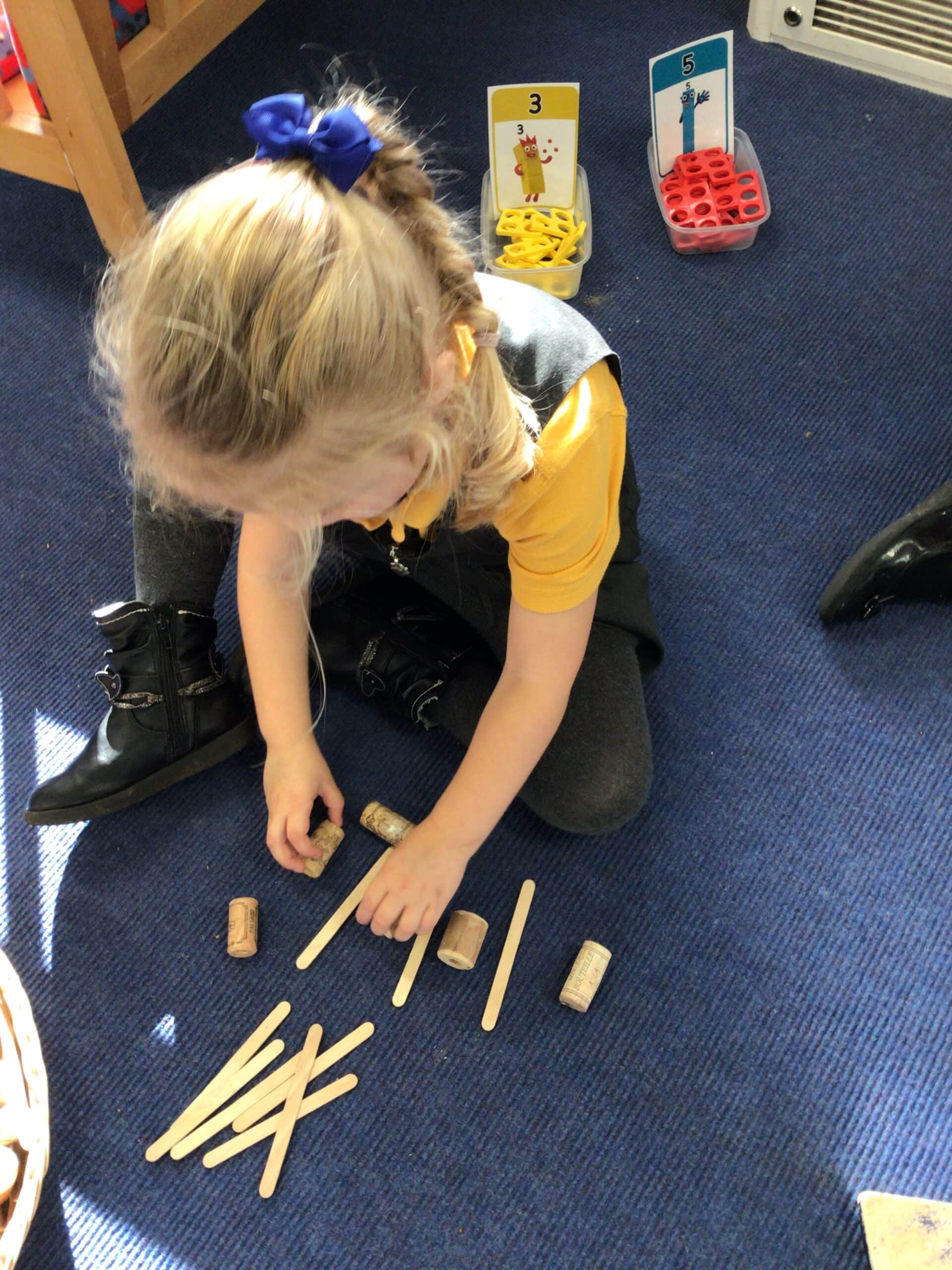Main Menu
About St Weonards Academy
Contact
Main Menu
Information
Main Menu
St Weonards Academy is committed to the lively and engaging delivery of mathematics across the age ranges and curriculum. For children to access the majority of their learning in numeracy, a strong and confident grasp of the four number operations is important; using formal and informal written methods and mental strategies.
We use concrete apparatus such as numicon and pictorial representations to develop deep, conceptual understanding of mathematical ideas as well as using talk maths which encourages children to discuss their mathematical concepts.

We encourage children to talk about their mathematical tasks in order to help foster a sense of engagement and curiosity in mathematical concepts. Children are encouraged to question, test and develop mathematical ideas and to reason clearly about their discoveries. Tasks and routines that promote discussion and ideas are incredibly useful in creating a reasoning and sense-making culture.
Maths games are useful for creating a context for developing use of mathematical reasoning and games and investigations are used often within lessons. Children really enjoy participating in talk maths activities and enjoy discussing and listening to other children’s answers and the different ways of finding an answer.
Addition:
Subtraction:
Multiplication:
Division:
During maths activities, children have to work together (sometimes with children in different year groups) to overcome some of the challenges which they may face in Mathematics and think about the different strategies they would consider using to overcome these.
This encourages their confidence to grow and as a result improves their skills in Mathematics.
These initiatives and resources include:
ICT (including iPads) are encouraged both during lesson time and at home. Children find these Mathematical apps and programmes engaging and exciting which again, improves their Mathematical knowledge.
Some of the Mathematical apps and programmes include: